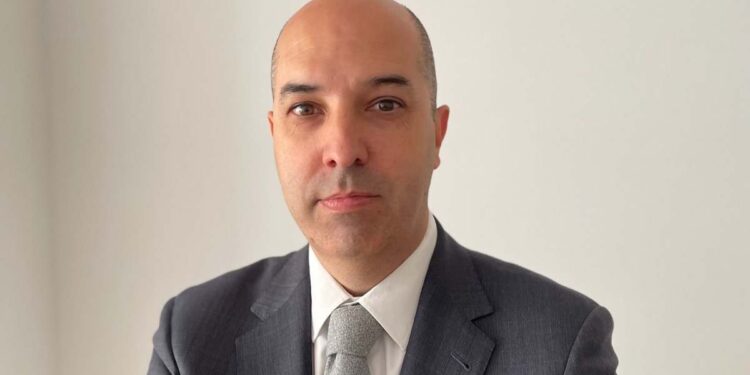Digitalization is a key element in any company to gain competitiveness and not fall behind in a market with more and more operators and globalized. It is an environment in which the figure of the CTO (Chief Technology Officer) is vital. And although this professional emerged between the 80s and 90s with the expansion of technology into the business world, many companies still do not have this type of specialized profiles despite their relevance in the present and future of the company.
“It is more or less novel. Many companies do not have this figure,” says Antonio Sánchez, CTO of GBTEC, to elEconomista. In some of them, this role is assumed by the general director, who “is more focused on day-to-day operations and also has to think about medium and long-term strategies.”
However, it is a growing figure because, in the face of years of stabilization, “we realize that due to circumstances, especially the pandemic, and globalization, among other factors, companies have to change quickly and it is difficult for the general director to take care of that, of that vision of transforming their own company,” says Antonio Sánchez of GBTEC, a company specialized in tools and software for the CTO. This company, together with BTConsortium and the Universidad San Jorge, has organized an event to promote this profile within the specialized training program of Expert CTO that is being launched and that not only covers the areas of technology and management but is more comprehensive.
The creation of the CTO figure thus becomes a necessity for those companies that want to make digitization their flagship, as well as to gain efficiency and grow internationally.
And what are its functions? What role does the Chief Technology Officer play? “The CTO is responsible for everything, but head of nothing.” Based on this premise, there are several pillars on which its activity and digital transformation are based. Among them, for example, are making changes in processes, opening or changing new lines of business, or introducing new technologies, among others.
“It is a transversal role because it has to communicate with all areas involved in the transformation of the company. He is aware of all areas and all aspects, not just technology. In the end, he has to be in contact with everything and talk to everyone,” adds Sánchez.
Companies are realizing this need for change “and general managers are helping this figure of the CTO because you have to be proactive or you end up being swallowed up” in reference to the need to adapt to the new times and bet on digitalization. Clear examples have been companies like Nokia or Kodak that, being world leaders, almost disappear for not changing and adapting.
“Every company, big or small, must make an effort in digital transformation,” says Antonio Sánchez, who emphasizes that there are still companies that continue without tools, carrying out manual tasks, with processes up in the air and undocumented. “It is not possible to remember everything or rely solely on the computer’s agenda.”
Precisely due to the performance of numerous processes manually, it is expected that the future lies in automation to focus on tasks that add value, apart from reducing time. And, of course, we must not lose sight of artificial intelligence.


